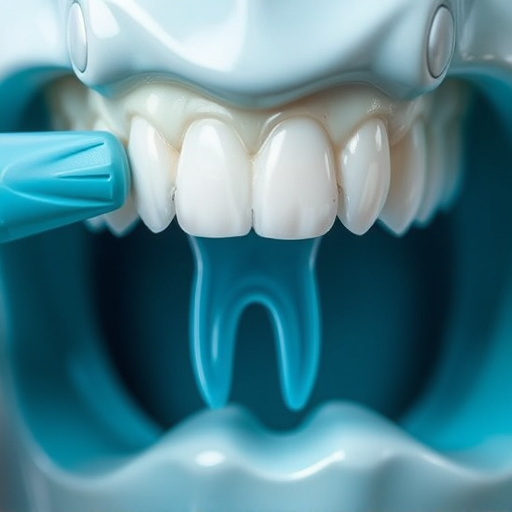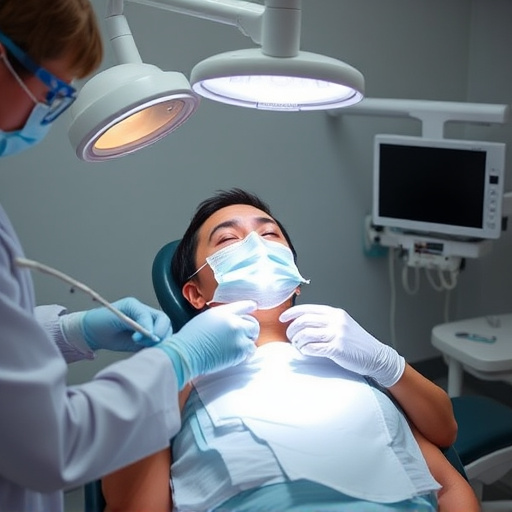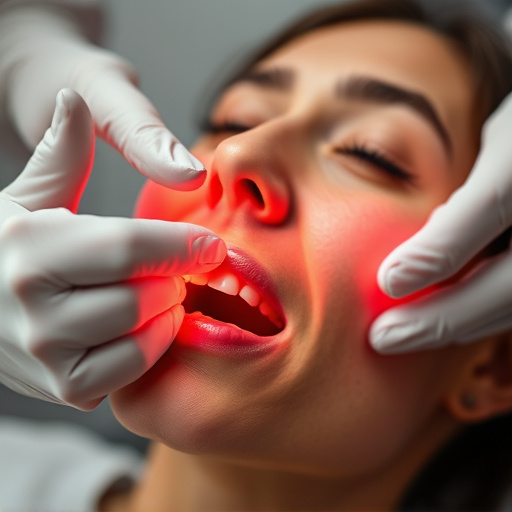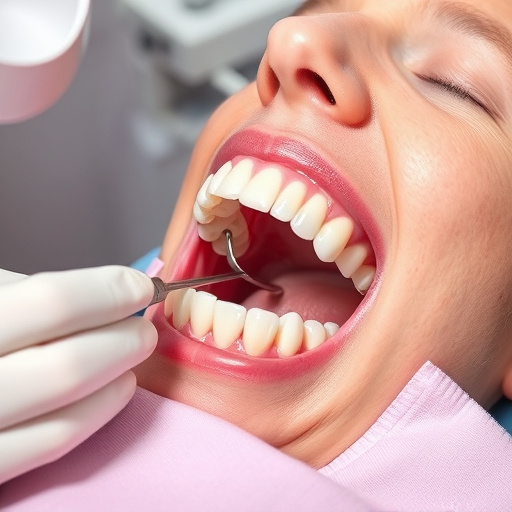Benign oral tumors need prompt attention due to their impact on speech and chewing. Oral surgery offers effective solutions like excision and laser surgery for growths like lipomas, fibromas, and mucocele. Post-operative care emphasizes dental cleanings, wound care, hydration, and monitoring for tumor recurrence. Proper post-op care facilitates healing and reduces infection risk. Regular check-ins address complications and discuss restorative dentistry options.
Oral tumors, though benign, can cause significant discomfort and impact overall health. This article delves into effective oral surgery procedures for their safe removal, focusing on understanding these growths and their causes. We explore common surgical options, offering insights into techniques employed by professionals. Furthermore, practical post-operative care tips ensure a smooth recovery process. By understanding these procedures, patients can make informed decisions regarding their oral health.
- Understanding Benign Oral Tumors and Their Causes
- Common Oral Surgery Procedures for Removal
- Post-Operative Care and Recovery Tips
Understanding Benign Oral Tumors and Their Causes
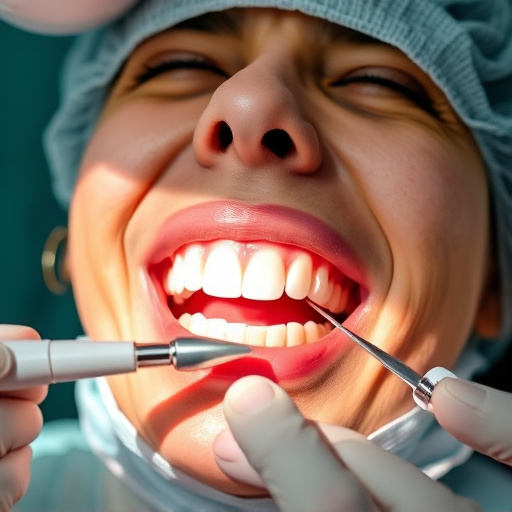
Benign oral tumors are non-cancerous growths that develop in various parts of the mouth and surrounding areas. These tumors can be caused by a range of factors, including genetic predispositions, trauma to the mouth, or even certain viral infections. While many benign oral tumors are asymptomatic, some may cause discomfort, pain, or affect speech and chewing functions. Recognizing the signs and seeking prompt oral surgery procedures is crucial for effective management.
Oral surgery plays a vital role in treating these conditions, offering various procedures to remove or reduce tumor size. Common benign oral tumors include lipomas, fibromas, and mucocele. Cosmetic fillings or cosmetic dentistry techniques might be employed to restore the affected area post-surgery, enhancing both functionality and appearance. Preventive dentistry practices can also help identify potential issues early, reducing the need for extensive interventions.
Common Oral Surgery Procedures for Removal
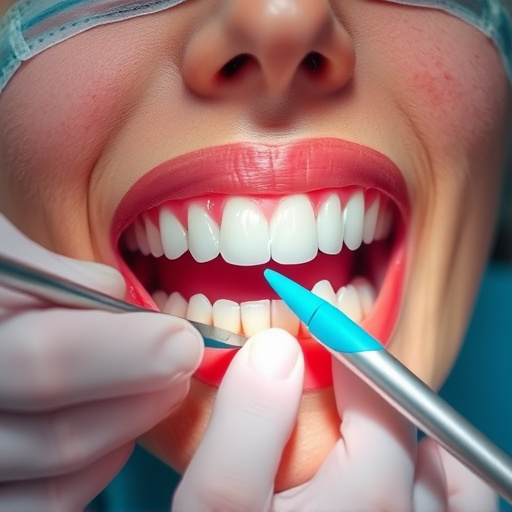
When it comes to removing benign oral tumors, several oral surgery procedures are commonly employed. One of the most traditional methods is surgical excision, where a dentist or oral surgeon carefully removes the tumor and surrounding tissue through a small incision in the mouth. This procedure is typically performed under local anesthesia to ensure patient comfort during the operation.
Another common technique is laser surgery, which utilizes advanced technology to cut and destroy tumors with precision. Laser surgeries offer several advantages, including reduced healing time compared to traditional excision methods. Additionally, dental cleanings and general dentistry practices often play a role in post-operative care, ensuring proper oral hygiene and monitoring for any signs of tumor recurrence.
Post-Operative Care and Recovery Tips
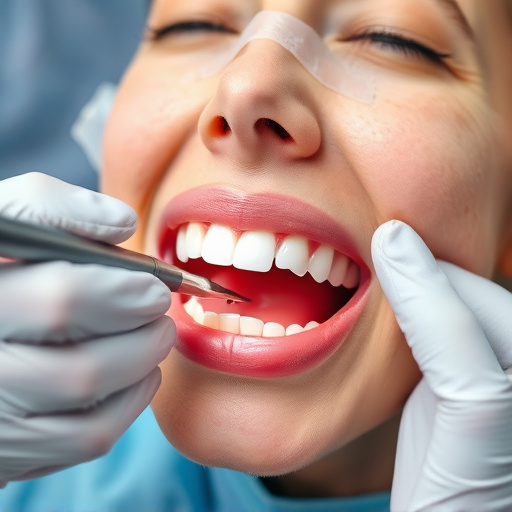
After an oral surgery procedure to remove benign tumors, proper post-operative care is essential for a successful recovery. Patients should follow their dentist’s instructions regarding wound care and medication. This includes gently cleaning the surgical site as recommended, usually with salt water or prescribed mouthwashes, to prevent infection. It’s crucial to avoid strenuous activities and heavy foods for the first few days, opting instead for soft or liquid diets.
During recovery, staying hydrated and maintaining a healthy diet rich in nutrients is vital for healing. Your dentist might suggest using ice packs to reduce swelling, especially in the first 24 hours. As you heal, it’s important to monitor any signs of infection, such as increased pain, swelling, or discharge from the surgical site. Regular check-ins with your dentist will ensure any potential complications are addressed promptly. Restorative dentistry techniques, including clear aligners or family dentistry services, can be discussed during these visits, aiming for a seamless transition back to optimal oral health and aesthetics.
Oral surgery procedures for benign oral tumor removal offer effective solutions to address these non-cancerous growths. By understanding their causes and opting for specialized treatments, patients can achieve long-term relief and maintain optimal oral health. Whether through surgical excision or other advanced techniques, these procedures play a pivotal role in managing and healing oral tumors, enhancing quality of life for those affected.







